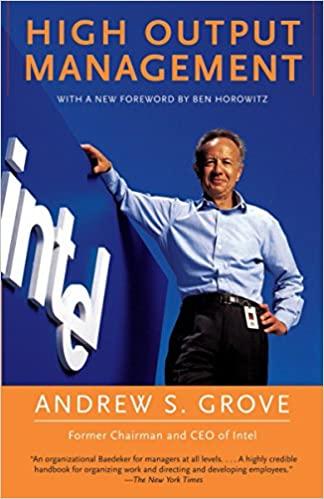Answered step by step
Verified Expert Solution
Question
1 Approved Answer
Case 1 0 Kiwi Medical Devices Ltd . : Is Right Shoring the Right Response? The Race of Life Exhausted, Michelle Ledger leaned against the
Case Kiwi Medical Devices Ltd: Is Right Shoring the Right Response?
The Race of Life
Exhausted, Michelle Ledger leaned against the stop sign, stretching out her burning calf muscles. She had just finished a minute, kilometer run. Amazingly, she wasnt even training for a marathon. Rather, she was burning off anxiety. Every time pressure at work ratcheted up she turned to her favorite pastimelongdistance running. Somehow, running along Waitemata Harbour and looking to the Waitekere Ranges calmed her inner worries as she focused on the task du jour at work. As she began her cooldown routine, Michelle reflected on the events of the past few months.
At the forefront of her thoughts was the mornings executive steering committee meeting. It had not gone well. Timothy Craig, CEO of Kiwi Medical Devices Ltd had pressed Michelle for a solution to Kiwis eroding market share. Michelle hated having to say, I dont know, but she didnt have an answer. Worse, she had to admit she wasnt sure when she would know. Kiwi had never offshored and the complexity and nuance of the analysis was daunting. Yet, despite the angst caused by Tims repeated, intense questioning, Michelle was certain that a wrong decision made in haste would cost far more than the uneasiness of the moment.
As director of operations at Kiwi, Michelle had been tasked with increasing Kiwis manufacturing capacity and competitive capabilities. The need to evaluate offshoring was raised by a recent market analysis, which revealed that although Kiwi retained an innovation edge over aggressive global rivals, it had lost cost and delivery advantages. As a result, competitors were taking share in markets around the world. By setting up production operations in Asia, competitors had lowered their cost structures, changing the rules of the competitive race. Michelle and her team needed to respondand quickly. Although confident her team could help Kiwi regain its leadership position, Michelle wasnt quite sure how Kiwi could best restructure its global operations to gain advantage.
Kiwis Marathon Begins
Kiwi Medical was born in the late s The offspring of Kiwi Design & Electronics, a highend, innovationdriven manufacturer of household appliances, Kiwi Medical came into existence as a hedge against a highly volatile appliance market. Kiwi Design had sought to find a countercyclical market where it could leverage its technological expertise. Heated humidification devices used in respiratory and sleep apnea applications seemed to offer a good fit from at least three perspectives:
The industry was underdeveloped and lacked entrenched competitors.
Kiwis technology and R&D expertise gave it a strong foundation that could be used to transform the industry and establish Kiwi as a world leader.
The medical device industry had strong global growth potential.
Following years of solid growth and good financial performance, Kiwi Medical was spun off as an independent company in with its headquarters and manufacturing in Auckland, New Zealand.
Kiwis Spring for Global Sales
By Kiwi Medicals global sales had reached NZ$its market capitalization was approximately NZ$ billion Kiwi sold to hospitals, longterm care facilities, and home health care dealers in over countries worldwide. Its core products included respiratory humidifiers and neonatal care products such as infant warmers and resuscitators. Kiwi had also developed a strong presence in the obstructive sleep apnea OSA market with a focus on continuous positive airway pressure CPAP therapy devices. Kiwi also manufactured and distributed the accessories needed to effectively deploy its equipment eg singleuse and reusable chambers as well as breathing circuits See Table for a breakdown of sales by product group. From to sales had grown at a solid, if not spectacular, pace of percent per year see Table Kiwi attributed the sales growth to its intense focus on technological innovation and a relentless quest to expand its global market presence.
Product Innovation. Kiwi was dedicated to improving existing products as well as developing innovative, complementary product offerings. Indeed, a continued commitment to research and development enabled Kiwi to target new medical applications for its core technologies. From to Kiwi spent an average percent of sales on product development and clinical research. By its research team of engineers, scientists, and physiologists had grown to people. In alone, Kiwi had obtained patents in markets around the world in the US An additional patent applications had been filed in the US
Global Market Development. Kiwis largest market was North America. However, Kiwi had a very strong presence in both Asia and Europe see Table To support its aggressive marketing initiatives, Kiwi had developed a person sales, marketing, and dis

Step by Step Solution
There are 3 Steps involved in it
Step: 1

Get Instant Access to Expert-Tailored Solutions
See step-by-step solutions with expert insights and AI powered tools for academic success
Step: 2

Step: 3

Ace Your Homework with AI
Get the answers you need in no time with our AI-driven, step-by-step assistance
Get Started


